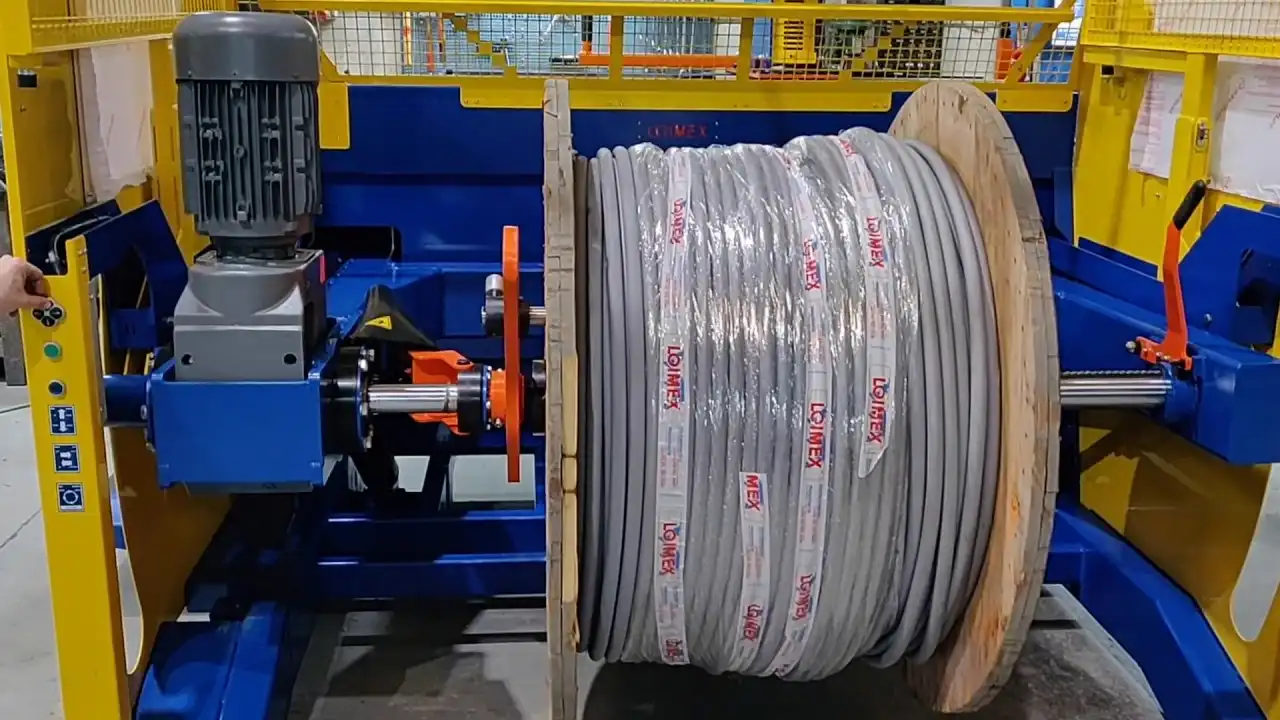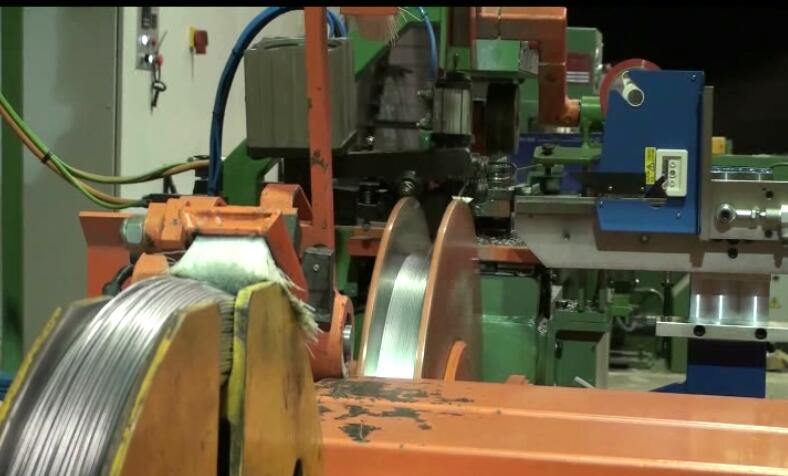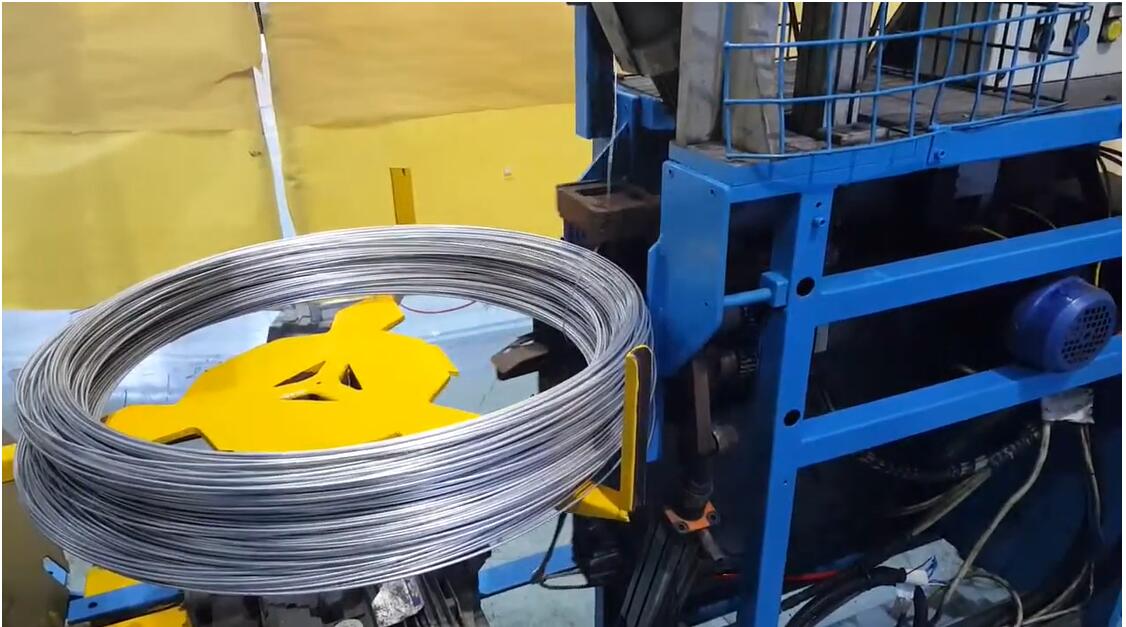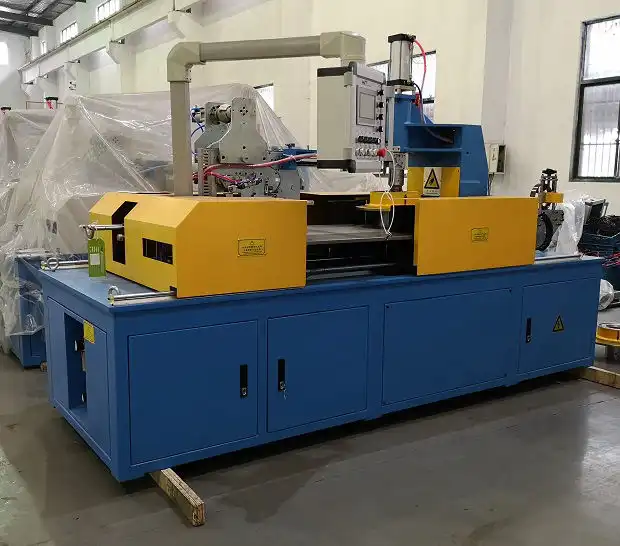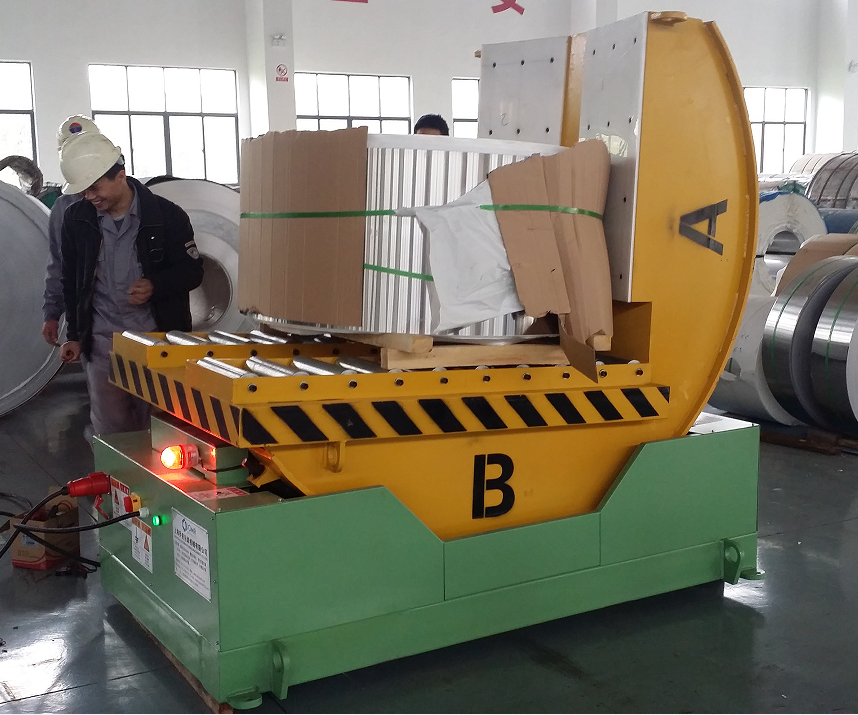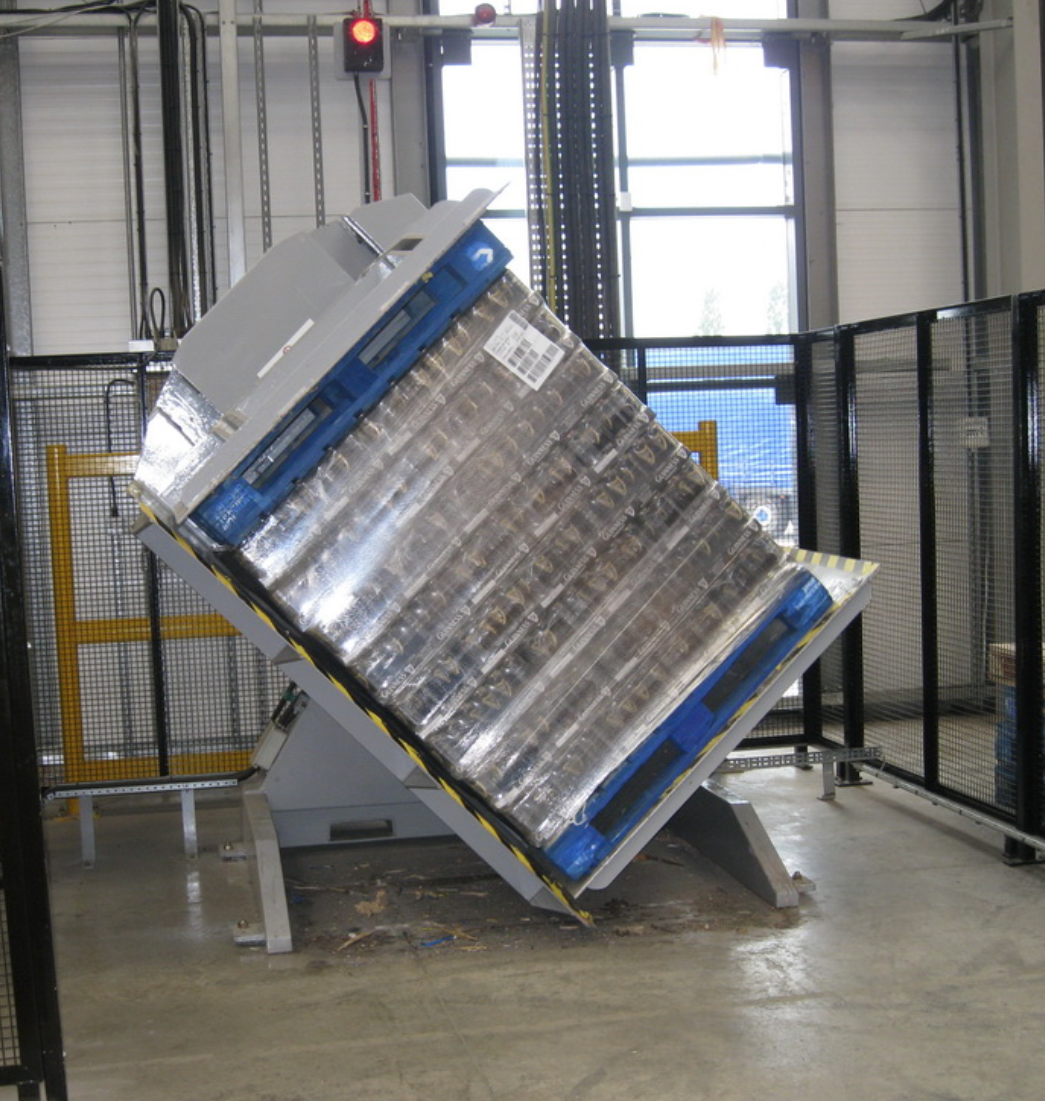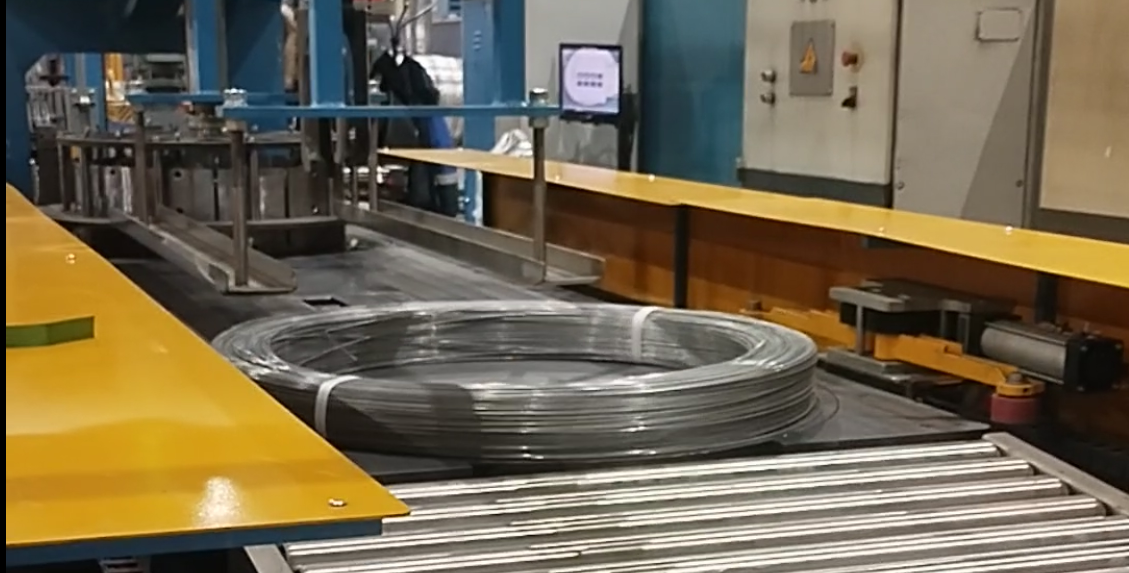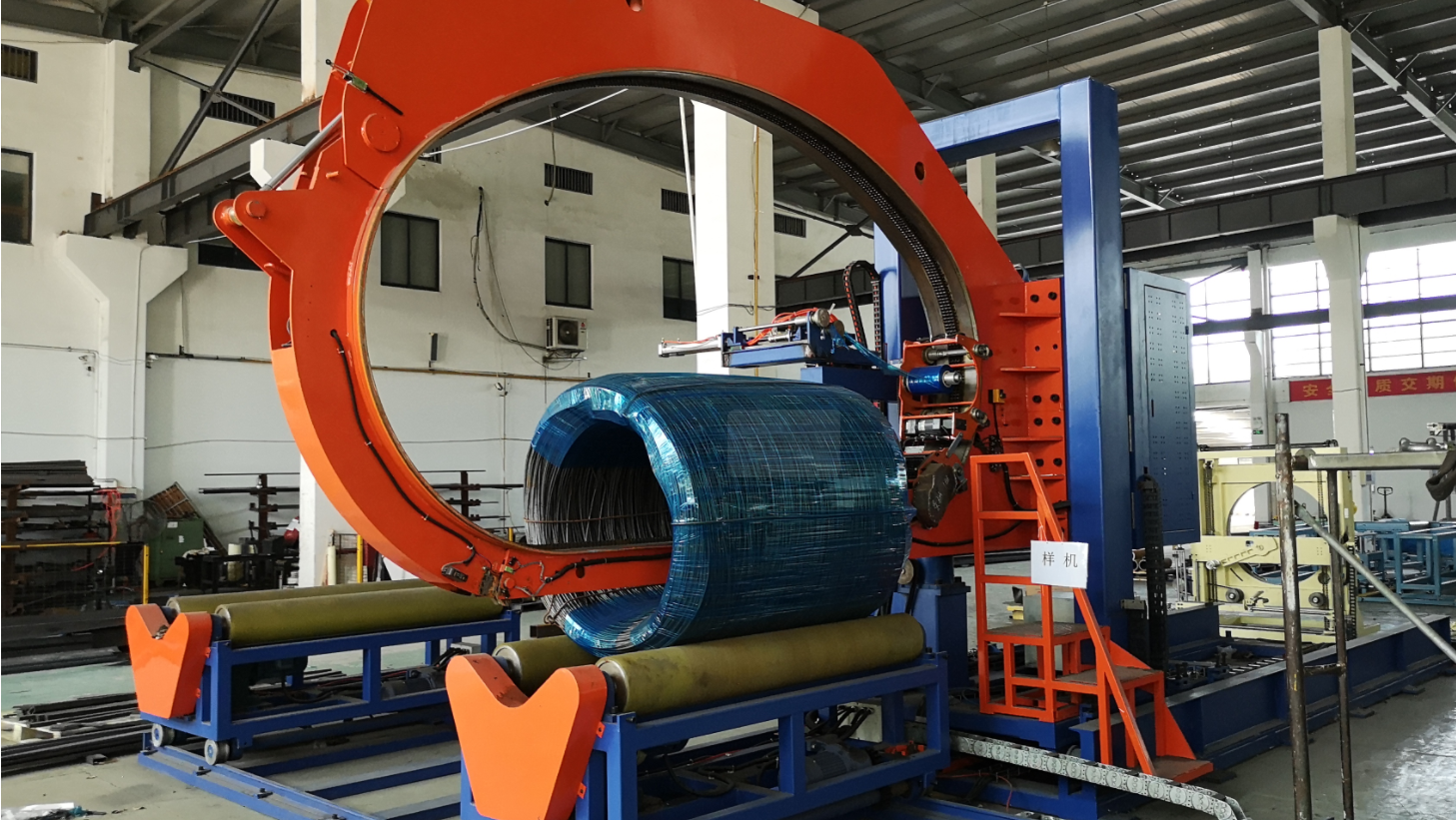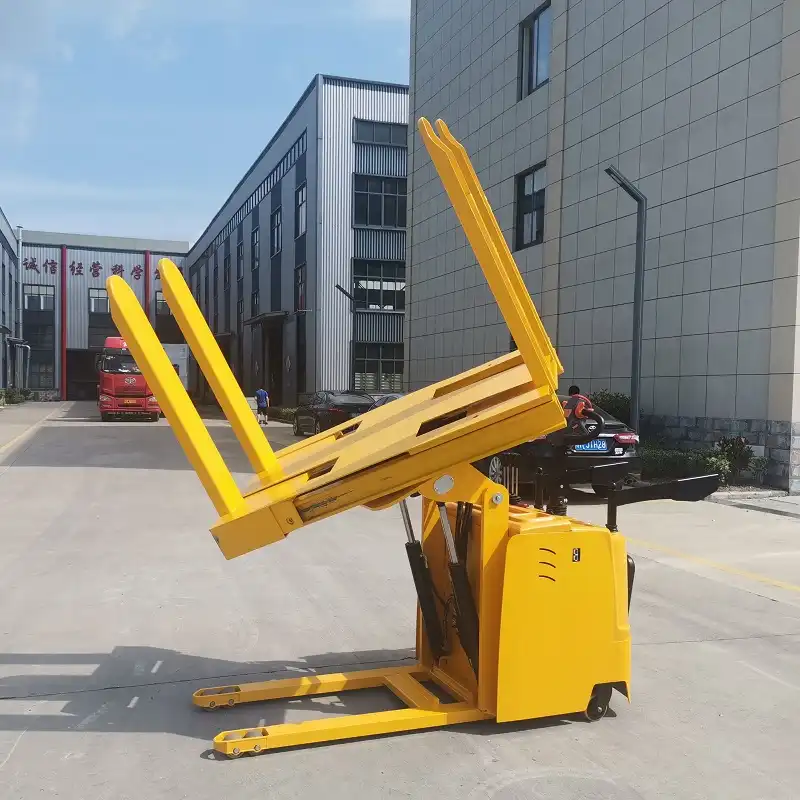Understanding the standard sizes for steel wire packing is crucial for efficient handling, storage, and transportation. This guide details common steel wire types and their corresponding packaging dimensions, weights, and tolerances.
Steel wire is a versatile material used across various industries, from construction and agriculture to manufacturing and art. Efficient packaging is paramount to protect the wire during its journey from manufacturer to end-user. The standard sizes for steel wire packing depend on the type of wire, its gauge (diameter), and its intended application. Let’s delve into the typical sizes and packaging methods you might encounter.

Types of Steel Wire and Their Standard Sizes
Several types of steel wire exist, each with unique properties and applications will affect its standard packing sizes. Here is a brief overview:
- Galvanized Steel Wire: Coated with zinc for corrosion resistance. Commonly used in fencing, cables, and binding applications.
- Stainless Steel Wire: Offers superior corrosion resistance and strength. Used in food processing, medical, and marine applications etc.
- Spring Steel Wire: High tensile strength wire designed for springs and flexible components.
- Binding Wire: Soft, pliable wire used for tying and securing materials.
- Copper Wire: Made by copper, which is widely used to decorate house and garden, make crafts and jewelry. Copper wire with good electrical conductivity also can be used in power engineering.
- Brass Wire: Which is a good material to make jewelry and crafts. And many people like using it to hang some lights and pictures to decorate house.
- Aluminum Wire: Which is a kind of popular wire that used in construction, decoration, crafts and other industries.
- Razor Wire: Used in security fending.
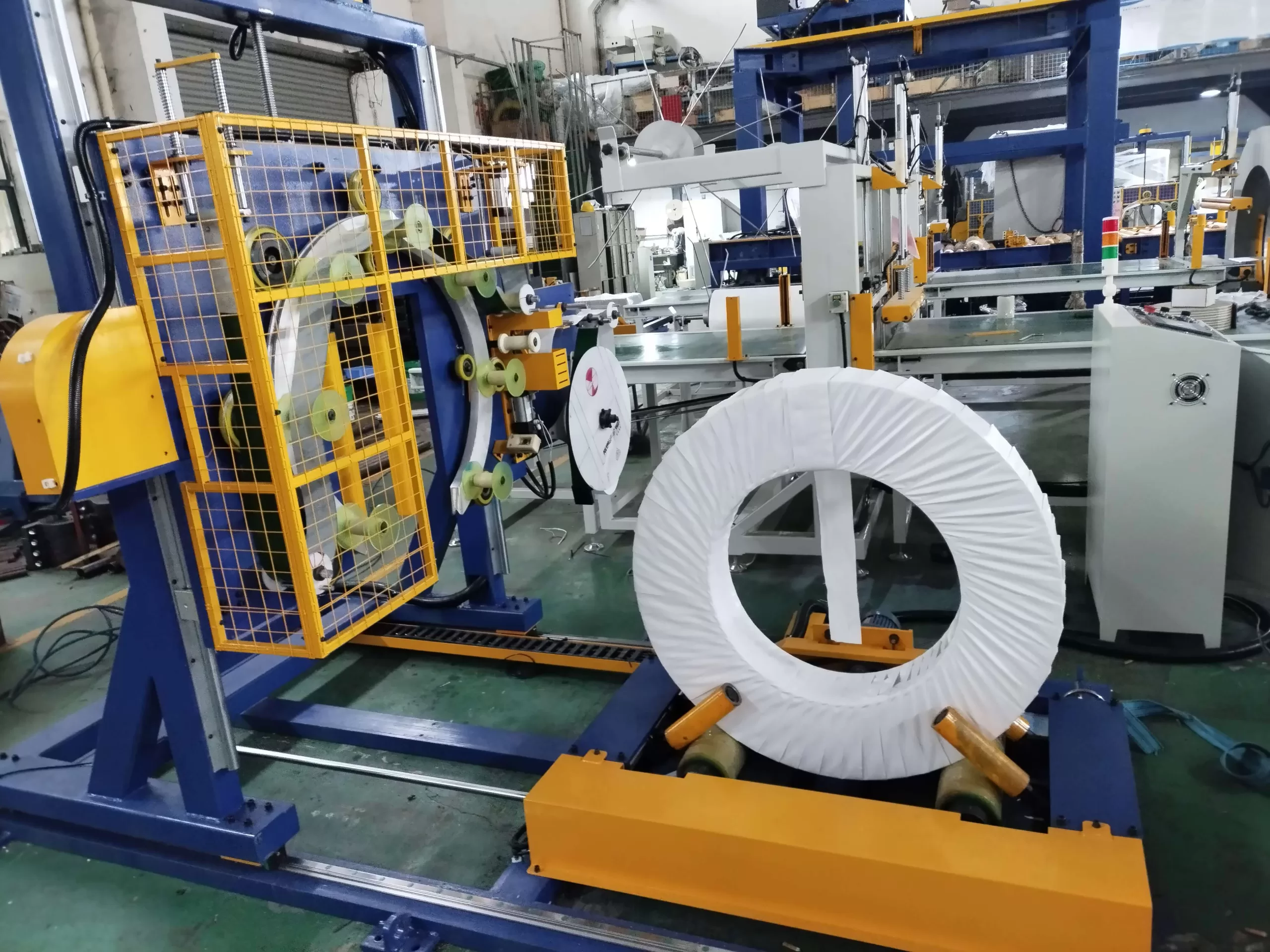
Standard Sizes and Tolerances
Wire diameter significantly affects packaging. Smaller diameter wires are typically wound onto spools or coils, while larger diameters may be bundled.
Here’s a breakdown:
1. Fine Wire:
- Diameter: Typically ranges from 0.005 inches (0.127 mm) to 0.0453 inches (1.150 mm), and even finer.
- Packaging: Commonly wound on spools made of steel, plastic, or fiber. Spool sizes vary, but common dimensions are outlined in the table below.
- Uses: Coaxial Cable Overbraid Shielding, Military Shipboard Electrical Cable Armor, Weaving
Intermediate Wire:
- Diameter: Larger than fine wire, usually ranging upwards from 0.0453 Inches (1.150mm).
- Packaging: Coils or larger spools.
- Uses: Binding, Packaging, Clips, Hardware, Concrete Reinforcement Fibers, Springs, Weaving.
Stainless Steel Wire – Sizes of Stainless Steel Wire
| Wire Diameter (mm) | Tolerance (mm) | Max. Deviation Tolerance (mm) |
|---|---|---|
| 0.020–0.049 | +0.002/-0.001 | 0.001 |
| 0.050–0.074 | ±0.002 | 0.002 |
| 0.075–0.089 | ±0.002 | 0.002 |
| 0.090–0.109 | +0.003/-0.002 | 0.002 |
| 0.110–0.169 | ±0.003 | 0.003 |
| 0.170–0.184 | ±0.004 | 0.004 |
| 0.185–0.199 | ±0.004 | 0.004 |
| 0.200–0.299 | ±0.005 | 0.005 |
| 0.300–0.310 | ±0.006 | 0.006 |
| 0.320–0.499 | ±0.006 | 0.006 |
Galvanized Steel Wire for Spring “Mac Wire”
| Diameter | Tensile Strength (N/mm2) | Diameter Tolerance (mm) | Diameter Deviation (mm) | Plating | Bobbin Types | Weight | |||
|---|---|---|---|---|---|---|---|---|---|
| MAC-80 (SW-C) | MAC-PA (SWP-A) | MAC-PB (SWP-B) | MAC-PH (SWP-H) | ||||||
| 0.05mm | N/A | 2940–3230 | 3230–3530 | 3800–4200 | +0 -0.002 | ≦0.001 | Galvanizing | P-1 | 1kg |
| 0.06mm | N/A | 2940–3230 | 3230–3530 | 3800–4200 | +0 -0.002 | ≦0.001 | Galvanizing | P-1 | 1kg |
| 0.07mm | N/A | 2940–3230 | 3230–3530 | 3800–4200 | +0 -0.002 | ≦0.001 | Galvanizing | DP-5K | 3kg |
| … | … | … | … | … | … | … | … | … | … |
| 0.8mm | 2010–2300 | 2110–2350 | 2350–2600 | N/A | +0 -0.002 | ≦0.001 | Galvanizing | 12″ Coil | 34kg |
2. Galvanized Steel Wire Rope
- Diameter: Sizes range from 0.8mm to larger diameters.
- Packing: Coils or Reels.
- Examples:
- 3/8" (9.5mm) with a tensile strength of 18,000lbs packaged in coils of 6500ft (1981.2mtr).
- Sizes like 6mm, 8mm, and 10mm are often packaged on ply wooden reels of 1000 meters.
3. Razor Wire
- Packing: Coils, typically with waterproof paper and woven bags. Some may be packed in cartons.
- Examples:
- Coil height: 60 cm, Coil length: 16 m, Barb type: BTO-10, 6 coils in a big roll.
- Coil diameter: 45 cm, Coil weight: 7 kg, Barb type: BTO-10.
4. IWM Standard Spool Packaging
| IWM P/N | Material | Flange O.D. (inches) | Traverse (inches) | Hub Diameter (inches) | Bore Diameter (inches) |
|---|---|---|---|---|---|
| 7460 | Steel | 8.0 | 5.75 | 3.35 | 3.0 |
| 7461 | Steel | 8.0 | 9.0 | 3.35 | 3.0 |
| 7465 | Steel | 10.8 | 11.5 | 6.0 | 3.0 |
| 7471 | Wood/Steel | 30.0 | 11.0 | 16.0 | 5.0 |
| 7472 | ABS | 8.000 | 6.000 | 4.500 | 3.000 |
| 7481 | Plastic | 2.500 | 2.750 | 1.500 | 0.625 |
| 7482 | Plastic | 2.500 | 4.125 | 1.500 | 0.625 |
| 7484 | Steel | 30.00 | 11.00 | 16.00 | 5.000 |
| 7486 | Steel | 8.500 | 6.000 | 5.000 | 4.500 |
| 7487 | Steel | 8.500 | 6.000 | 5.000 | 4.500 |
| 7493 | Steel | 10.00 | 6.000 | 4.500 | 1.250 |
| 7494 | Aluminum | 8.000 | 6.000 | 4.000 | 3.500 |
| 7495 | Steel | 8.000 | 6.000 | 4.500 | 3.000 |
| 7498 | Steel | 10.00 | 6.000 | 4.500 | 1.250 |
| 7499 | Steel | 8.000 | 6.000 | 4.500 | 1.250 |
| 7500 | Fiber | 7.750 | 6.250 | 3.875 | 3.500 |
| 7501 | Steel | 8.000 | 6.000 | 4.500 | 1.250 |
| 7502 | Steel | 8.000 | 6.000 | 4.500 | 3.000 |
| 7507 | Aluminum | 8.000 | 6.000 | 4.500 | 1.250 |
| 7509 | Steel | 8.000 | 6.000 | 4.500 | 3.000 |
| 7510 | Steel | 8.500 | 6.000 | 4.500 | 3.500 |
| 7513 | Steel | 8.000 | 6.000 | 4.500 | 3.500 |
| 7600 | Steel | 11.375 | 11.00 | 8.250 | 6.250 |
Packaging Methods and Materials
The primary goals of steel wire packaging are protection from damage, corrosion prevention, and ease of handling.
- Coils: A common method for smaller quantities and diameters. Coils are often wrapped in protective materials like waterproof paper and woven bags to prevent damage during shipping.
- Spools/Reels: Used for continuous wire lengths, allowing for easy dispensing and minimizing tangling. Materials can vary from plastic (ABS), Steel, Wood/Steel
- Bundles: Larger diameter wires are often bundled and secured with steel straps.
- Cartons: Cartons provide extra protection, especially for razor wire, against damage.
- Wooden Crates: For large wire spools and coils that need additional protection.
Safety Precautions
Handling steel wire, particularly razor wire, requires stringent safety measures. Always wear protective gloves and safety goggles. When coiling or uncoiling wire, ensure the barbed edges do not come into contact with your body or the ground to avoid injuries. Damaged spools should be replaced immediately to maintain stability and prevent accidents.

Binding Wire specifications
- Material: Steel, stainless steel, iron, copper, aluminum, brass.
- Surface treatment: Galvanized, PVC coated.
- Wire diameter: 0.1–5 mm.
- Type: Coil binding wire, U type binding wire, Binding straight cut wire, Binding double loop wire, Single loop-bale ties, Cotton bale tie wire.
Common Cable Constructions and What They Mean
Cable construction refers to how individual wires are arranged to form the cable. The construction impacts the cable’s flexibility, strength, and stretch resistance. Common constructions include:
- 7×19: Highly flexible and strong, suitable for rigging, suspension, and support applications. (7 strands of 19 wires).
- 1×19: Stiff with minimal stretch, ideal for architectural installations, cable railing systems, and sailboat rigging. (1 strand of 19 wires)
- 7×7: A balance between flexibility and stretch, commonly used for general-purpose applications like marine rigging and light-duty suspension. (7 strands of 7 wires)
Cable Materials and Coating Types
- Hot-dipped Galvanized: Provides good corrosion protection, suitable for general purpose and marine applications. Needs periodic inspection as the zinc coating can wear off over time.
- Types 304 and 316 Stainless Steel: Excellent corrosion resistance, with type 316 offering superior resistance in saltwater environments due to the addition of molybdenum.
- Vinyl Coated Cable: Stainless or galvanized cable coated with vinyl for chemical and contaminant protection. The coating needs to be removed for splicing.
Conclusion
Understanding the standard sizes for steel wire packing ensures efficient handling, storage, and transportation, minimizing waste and maximizing safety. Different types of steel wire call for different packaging approaches, whether it’s winding fine wire onto precision spools or bundling heavier wire for construction. Choosing the right type of packing protects your products and streamlines operations. For those seeking advanced solutions for coil packing, exploring options at https://www.fhopepack.com/Coil_packing_machine.html can further enhance efficiency and protection of steel wire products during transit and storage.



